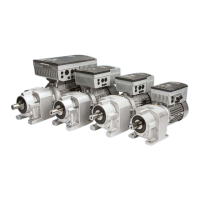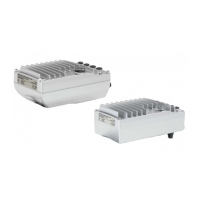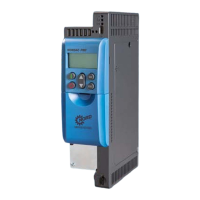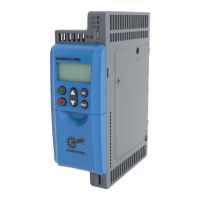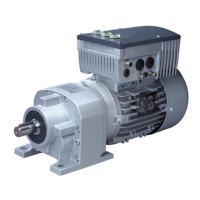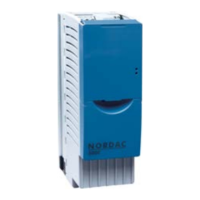4 Function description
BU 0210 en-3117 25
4 Function description
Pos: 119 /A nleit ung en/El e ktr onik /POS ICON /4. F unk tio nsbes chr eib ung/ Ein fü hrung @ 14\mod_1478004121846_388.docx @ 2299409 @ 2 @ 1
4.1 Introduction
A wide range of positioning and position control tasks can be performed with the positioning function.
In order to facilitate the decision as to which configuration provides the optimum solution for the task,
the various processes for the setting of setpoints and recording of the actual values are described in
the following sections.
The setpoint can be specified as either an absolute or a relative position. An absolute position is
recommended for applications with fixed positions, for example with travelling trolleys, lifts, shelf
access devices etc. A relative position is advisable primarily for all axes which operate in steps,
especially for endless axes such as rotating platforms and pulsed compartmentalised conveyor belts.
Specification of the setpoint is also possible via the bus (e.g. PROFIBUS, CAN-Bus, …). Here the
position can be specified as a value or combination of bits as a position number or increment. With the
use of the optional AS interface, specification of the setpoint value is only possible by means of a
combination of bits, in a similar manner to control via the control terminals.
If switching between positioning and speed specifications is required, this can be realised by switching
between parameter sets. A position regulation in parameter P600 "Positioning" is parameterised to
"ON" in one parameter set and to "OFF" in another parameter set. Switching between the parameter
sets can take place at any time, i.e. even during operation.
Pos: 120 /A nleit ung en/El e ktr onik /POS ICON /4. F unk tio nsbes chr eib ung/ L ageer fas sung @ 14\ mod_1478004506992_388.docx @ 2299481 @ 2 @ 1
4.2 Position Detection
Pos: 12 1 /Anlei tung en/El ektr onik/P OSICON /4. Funkti onsbes chr eibung/ Lag eerfas sung mi t Inkr ement algeber @ 14\mod_1478004542020_388.docx @ 2299517 @ 3 @ 1
4.2.1 Position detection with incremental encoders
For an absolute actual position, a reference point is needed, with the aid of which the zero position of
the axis is specified. The position detection operates as long as the frequency inverter is supplied with
power. The pulses of the incremental encoder are counted in the frequency inverter and added to the
actual position. The resolution or pulse number of the incremental encoder is set in parameter P301
"Incremental Encoder Pulse Number". By setting negative pulse numbers, the direction of rotation can
be adapted to the installation orientation of the rotary encoder. After switching on the inverter supply
voltage, the actual position = 0 (P604"Encoder Type" without the option "Save Position") or it is at the
value which was present on shut-down (P604 "Encoder Type" with the option "Save Position").
Frequency inverters without a mains unit
For frequency inverters which do not have an integrated 24 V DC mains unit, the control unit must be supplied
with power for at least 5 minutes after the last change of position. This is the only way to ensure that the data are
permanently saved in the device.
Position detection functions independently of the enabling signal of the inverter and parameter P600
"Positioning". The frequency inverter determines the actual position for as long as it is supplied with
power. Changes in position which are carried out with the inverter switched off do not cause a change
in the actual position. Therefore a reference point run is therefore normally necessary after each
"Mains switch-on" of the frequency inverter.
If the inverter is not operated in Servo Mode P300 "Servo Mode" the incremental encoder can also be
mounted at a different position than on the motor shaft. In this case, the speed ratio of the motor to the
incremental encoder must be parameterised.
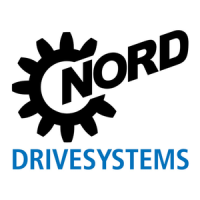
